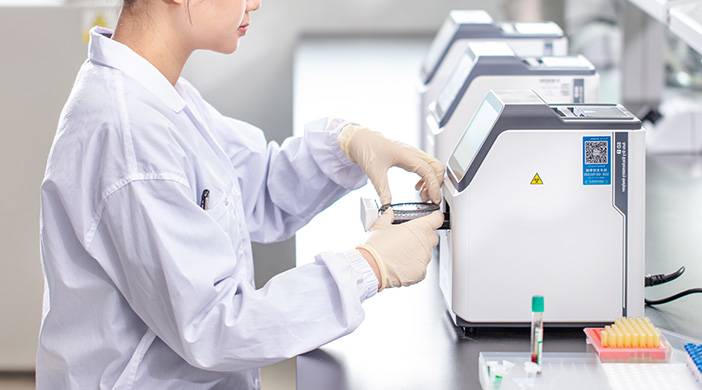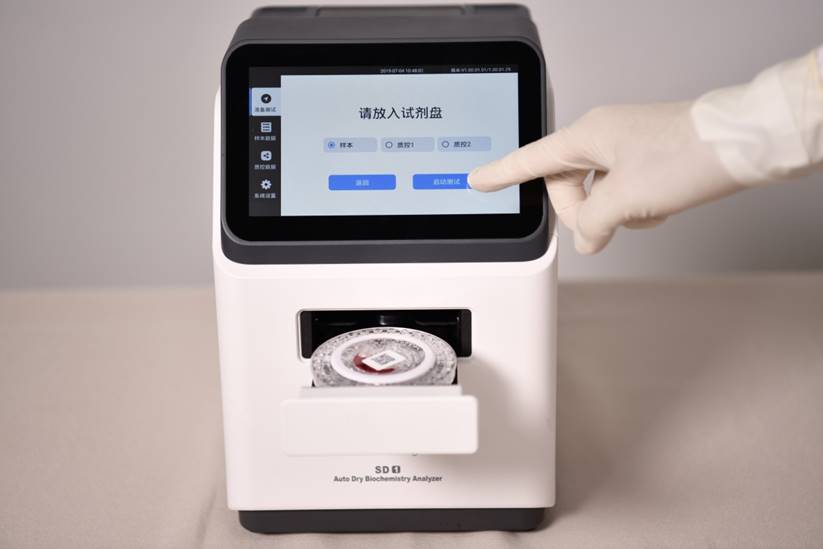
2021-12-16
Hyperlipidemia is a metabolic disorder in which the level of lipids in the blood is elevated. This disease is commonly seen in obese dogs and cats. It is characterized clinically by its hepatic fatty infiltration, elevated lipids, and abnormal blood appearance.

2021-12-16
'8 Feline Inflammation' is a reagent disk developed and produced by Seamaty for disease diagnosis in cats. The disc is used in conjunction with the Seamaty Vet Chemistry Analyzer SMT-120VP.

2021-12-14
Biochemistry analyzer, one of the most commonly used instruments in the daily work of veterinary hospitals, how to choose a biochemistry instrument and what are the key factors to consider?We take Seamaty's star product SMT-120VP automatic biochemical analyzer as an example, and talk with you about the key to choosing a veterinary biochemistry instrument.

2021-12-10
POCT is a specific test for each patient with different diseases. It meets the needs of patients in a timely manner and reduces unnecessary waste. The examiner can communicate with the patient face-to-face and have a better understanding of the clinical situation.

2021-12-09
Biochemistry analyzers are mainly used to determine various chemical components in human serum. For example, liver, kidney, cardiac enzymes, blood glucose, blood lipids, ions, etc. Biochemical tests are common tests in hospitals. Chemistry analyzers can be divided into wet chemistry analyzers and dry chemistry analyzers.

2021-12-08
Dry chemistry analytical techniques are relative to wet chemistry techniques. Dry chemistry is the direct addition of a liquid test sample to a dry reagent produced specifically for a different project. The moisture of the sample under test is used as a solvent to cause a specific chemical reaction, which leads to a chemical analysis method. Dry chemistry is a class of analytical methods based on enzymatic methods. Dry chemistry can also be called solid phase chemistry. Dry chemistry uses reflectance photometry or differential electrode method as a measurement method.